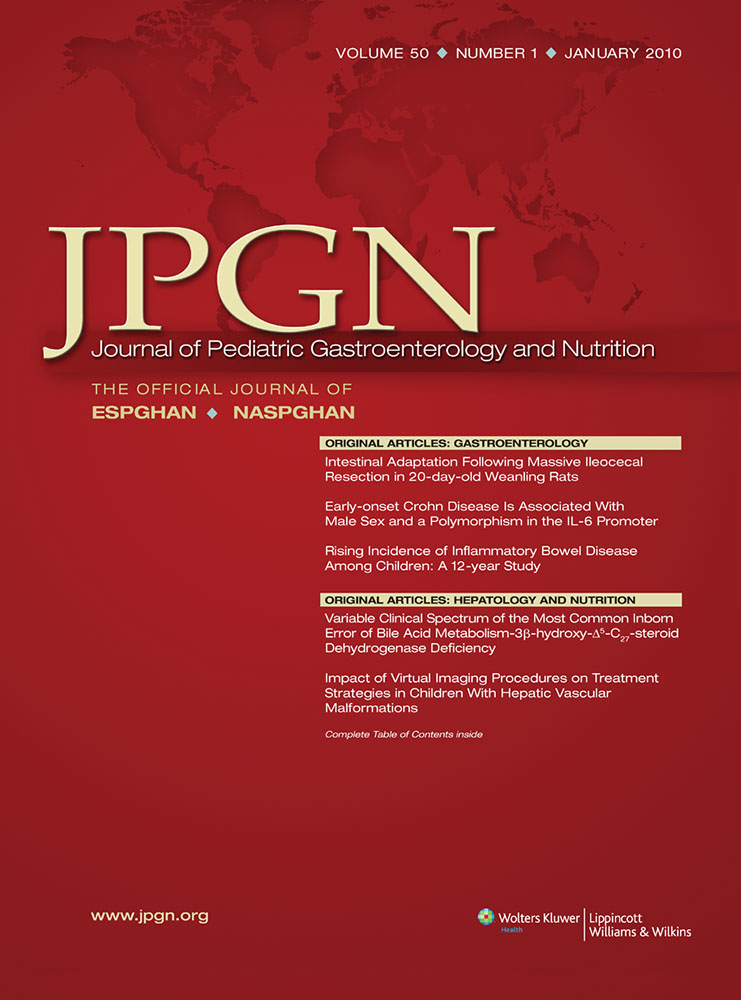Intestinal Adaptation Following Massive Ileocecal Resection in 20-day-old Weanling Rats
This study was supported by the developmental fund of the Department of Pediatrics, Wake Forest University Health Sciences.
The authors report no conflicts of interest.
ABSTRACT
Objective:
Few infant animal models have been used to study infantile short bowel syndrome (SBS). Most SBS models involve removal of the proximal small bowel followed by jejunoileal anastomosis, which has unclear clinical relevance to human infantile SBS that often results from surgical treatment for necrotizing enterocolitis and involves removal of the ileum, ileocecal valve, and part of or the entire colon. Our objective was to develop a more appropriate SBS model in developing rats.
Materials and Methods:
Twenty-day-old weanling rats were divided into 2 surgery groups, ileocecal resection (ICR) and sham groups, and a control group that did not undergo surgery. All were fed a liquid diet ad libitum for 7 days after surgery or for 7 days in the controls, and body weight, food intake, and stool changes were recorded daily. The rats were then euthanized and intestinal lengths and weights were recorded. Samples of intestine from the distal jejunum and proximal colon were collected for histology. Mucosal samples from the middle, distal jejunum, and colon were collected for measurements of mucosal weights, DNA, RNA, and protein levels. Maltase activity was determined in the small intestine.
Results:
Eighty-five percent of rats survived the ICR with subsequent development of diarrhea, hyperphagia, and poor growth. Adaptive responses to ICR, as compared with sham, were evidenced by increased intestinal and mucosal weights, DNA, RNA, and protein levels, increased maltase activity and villous thickness in distal jejunum, and increased mucosal thickness in the colon.
Conclusions:
This ICR model in weanling rats is appropriate for studying human infantile SBS.




